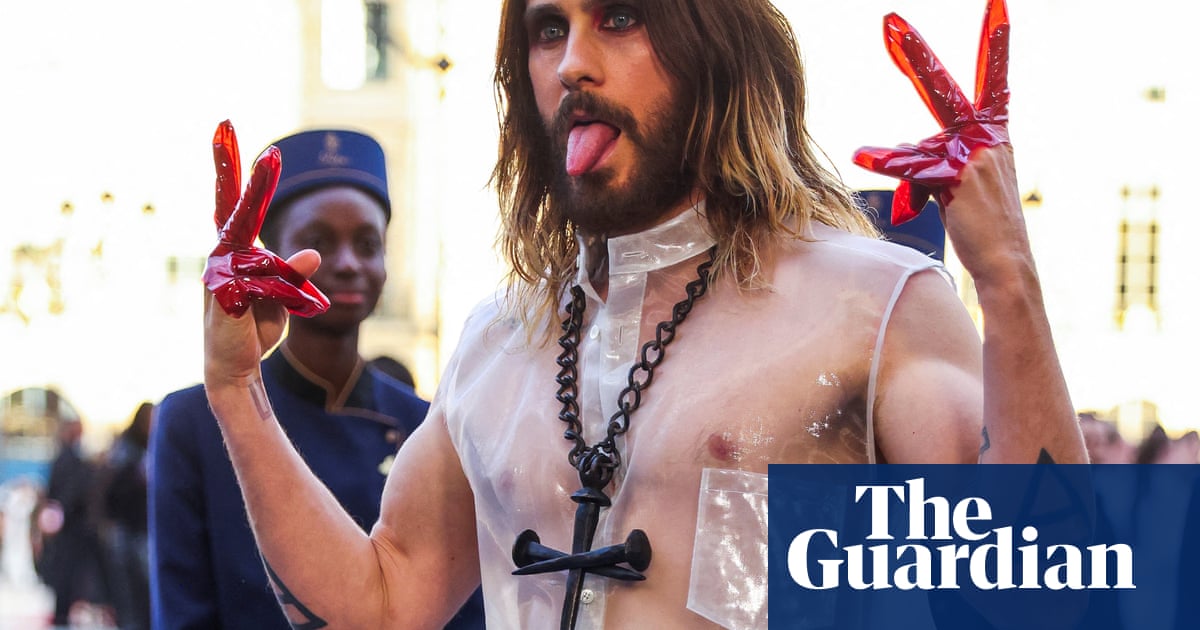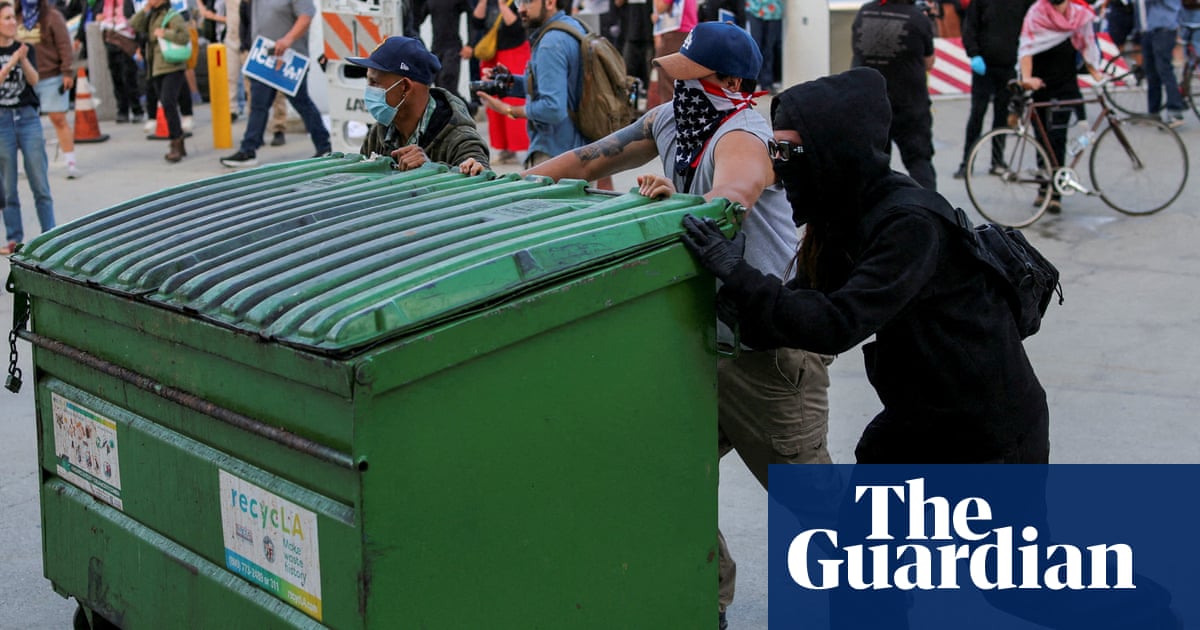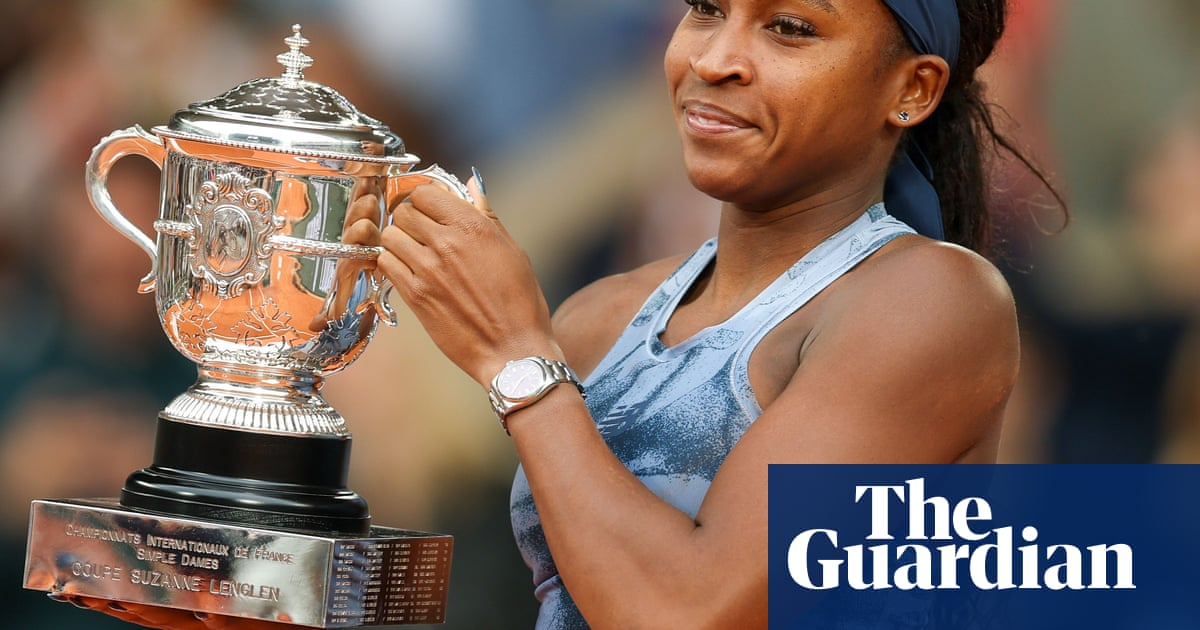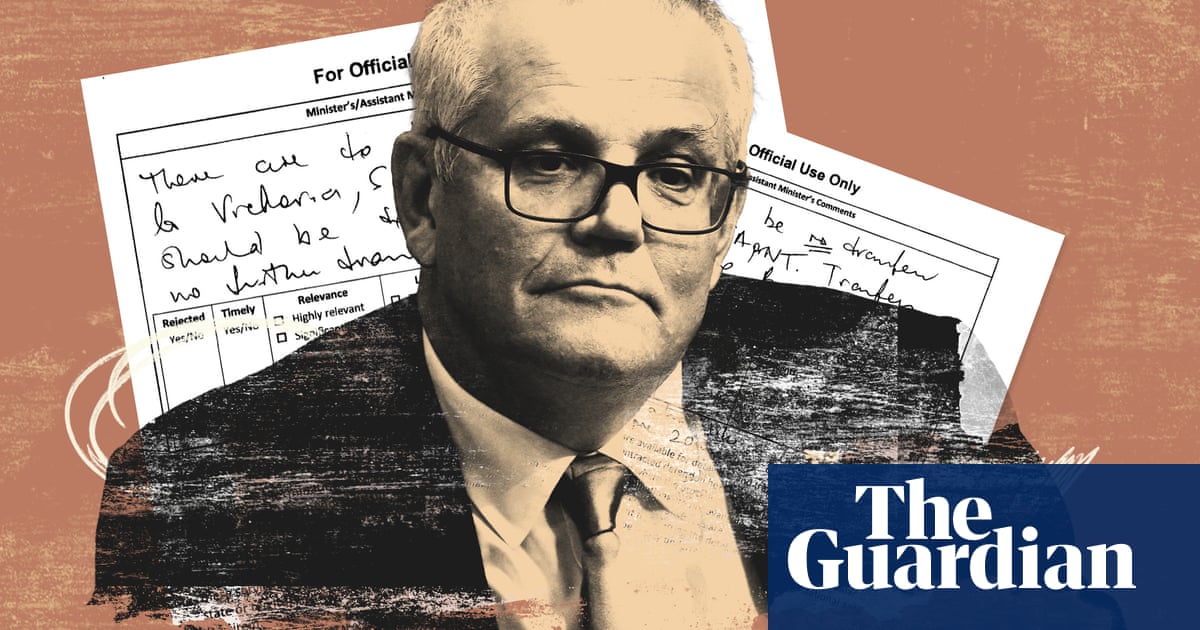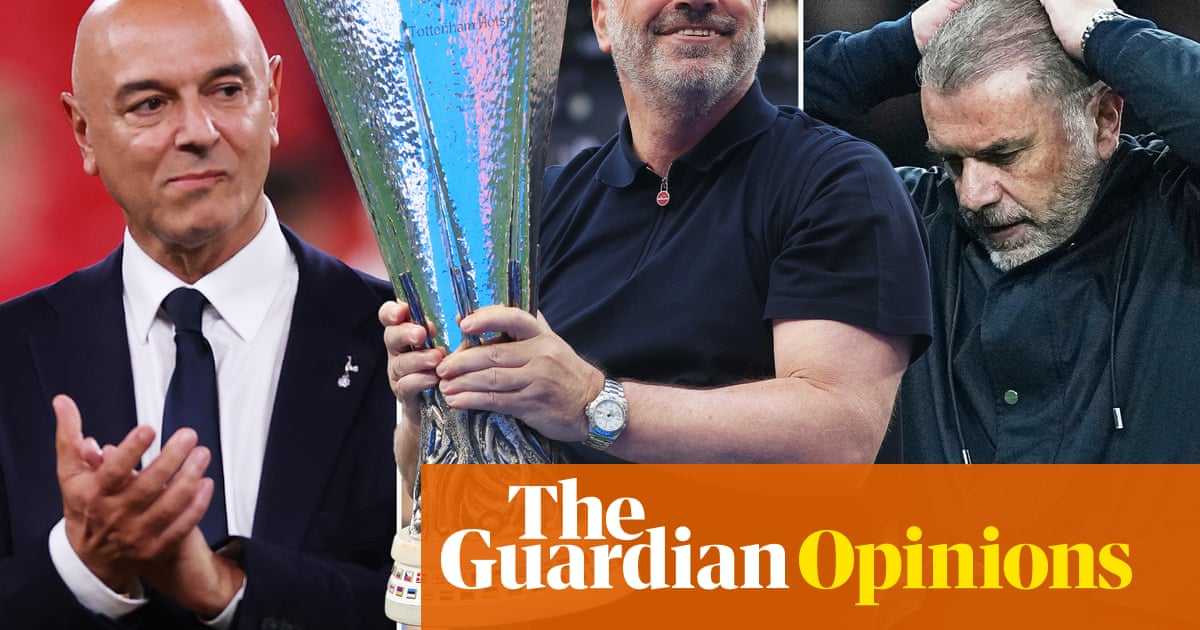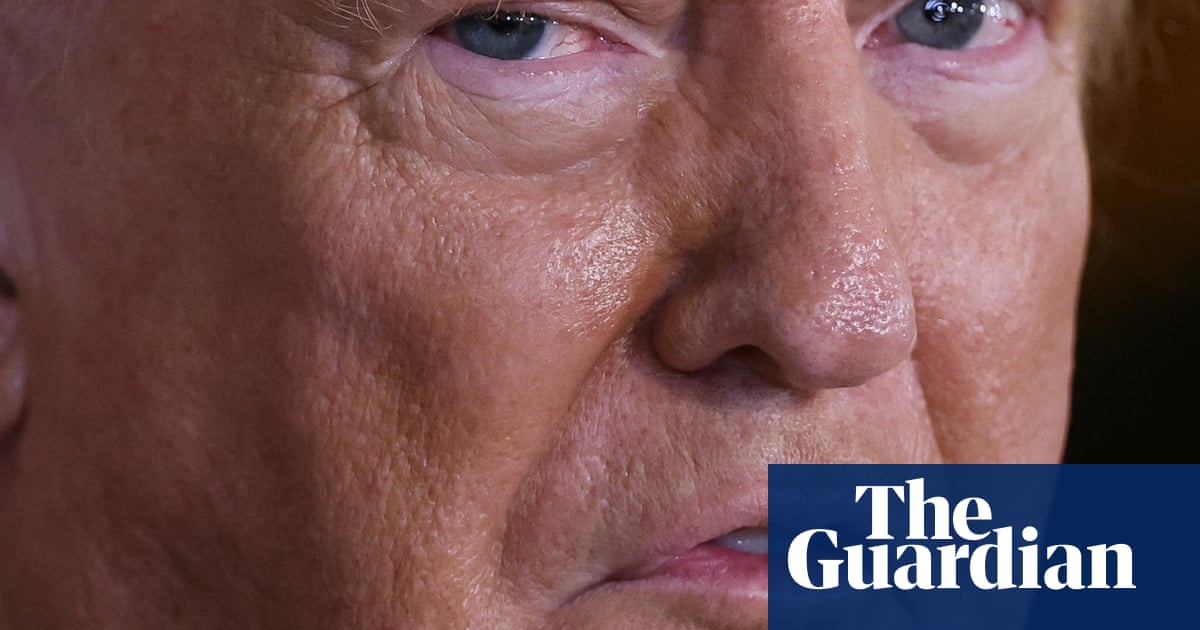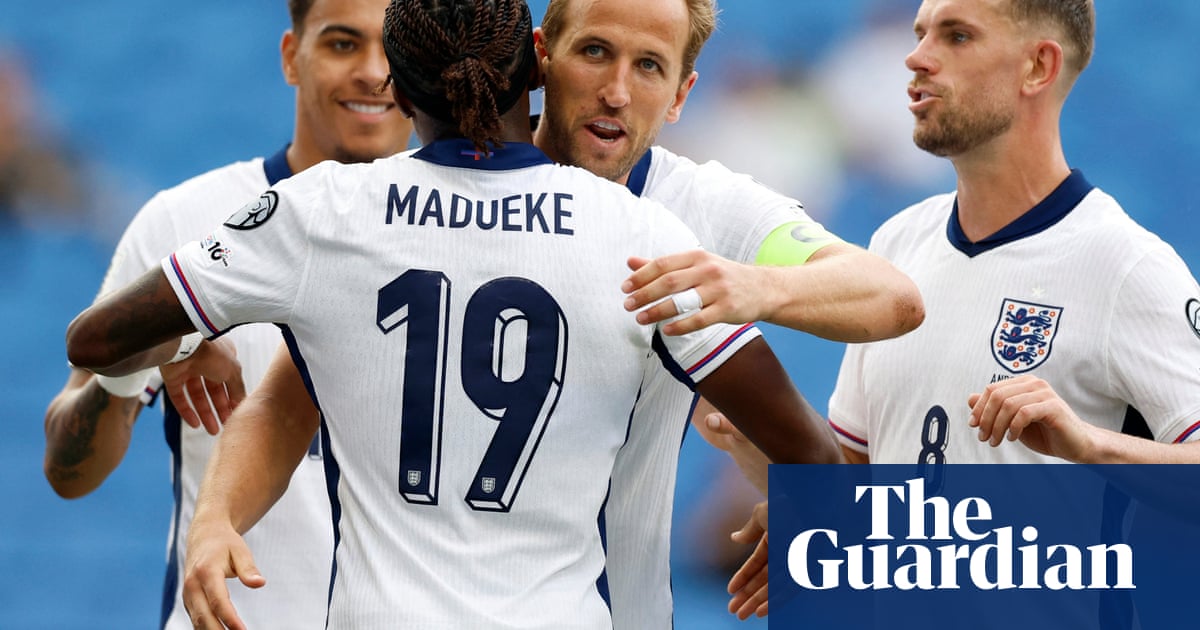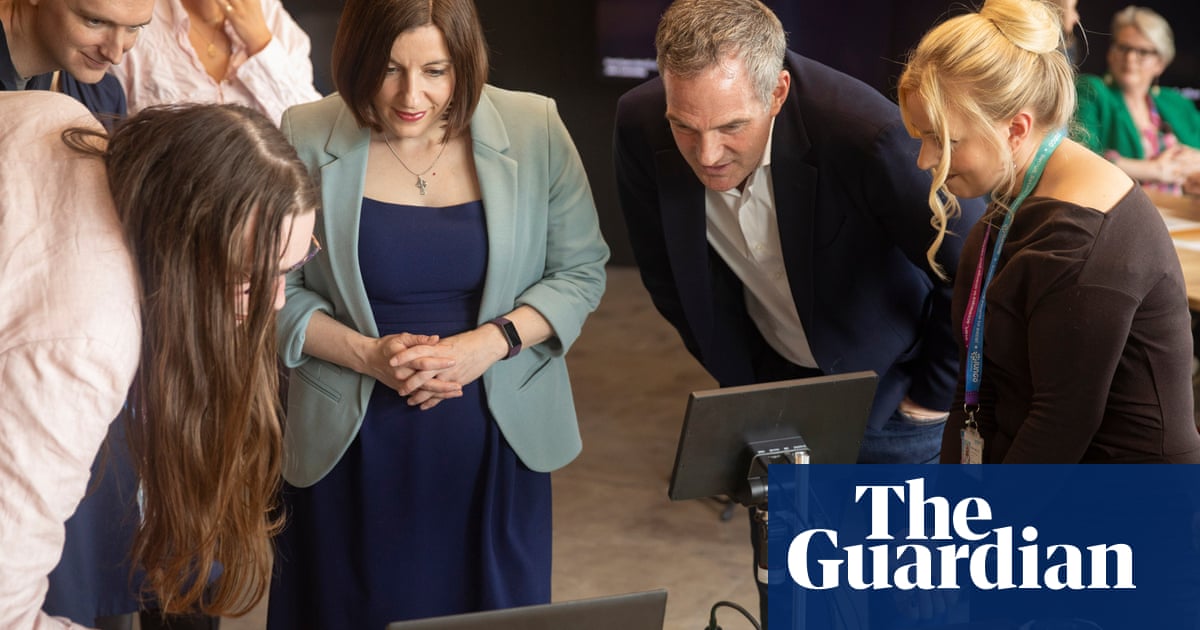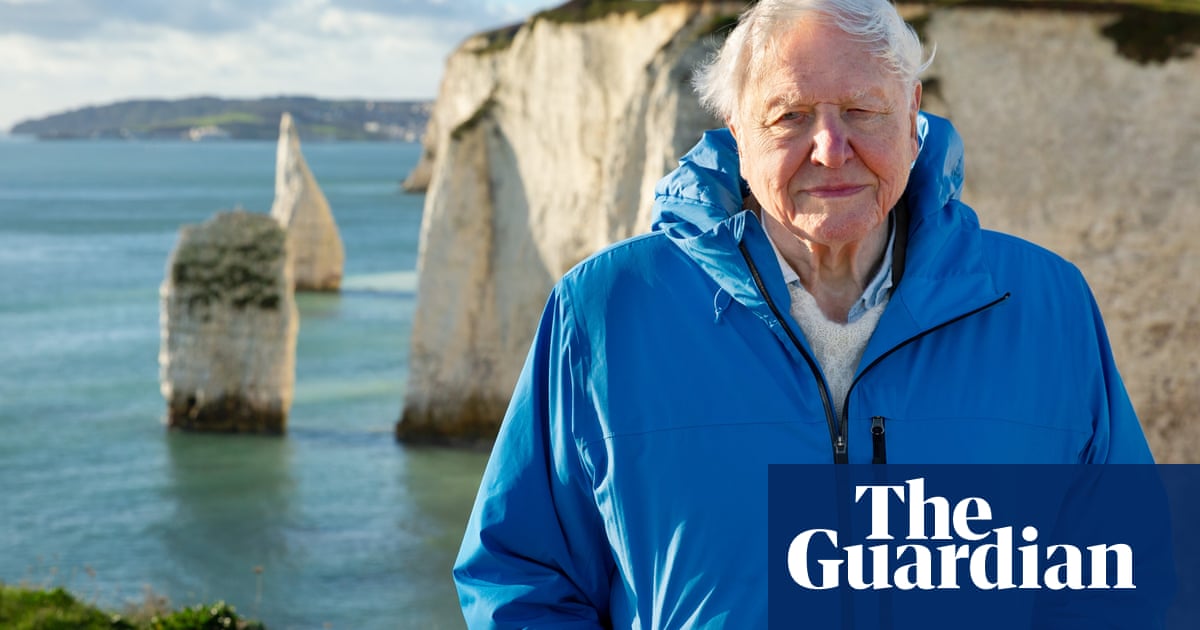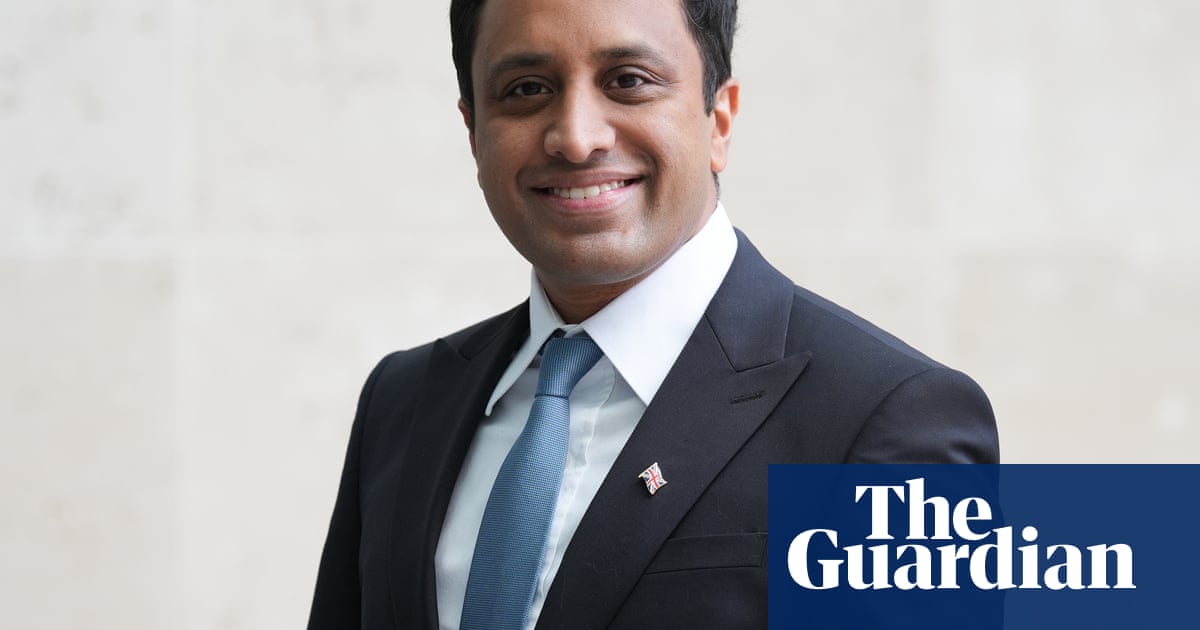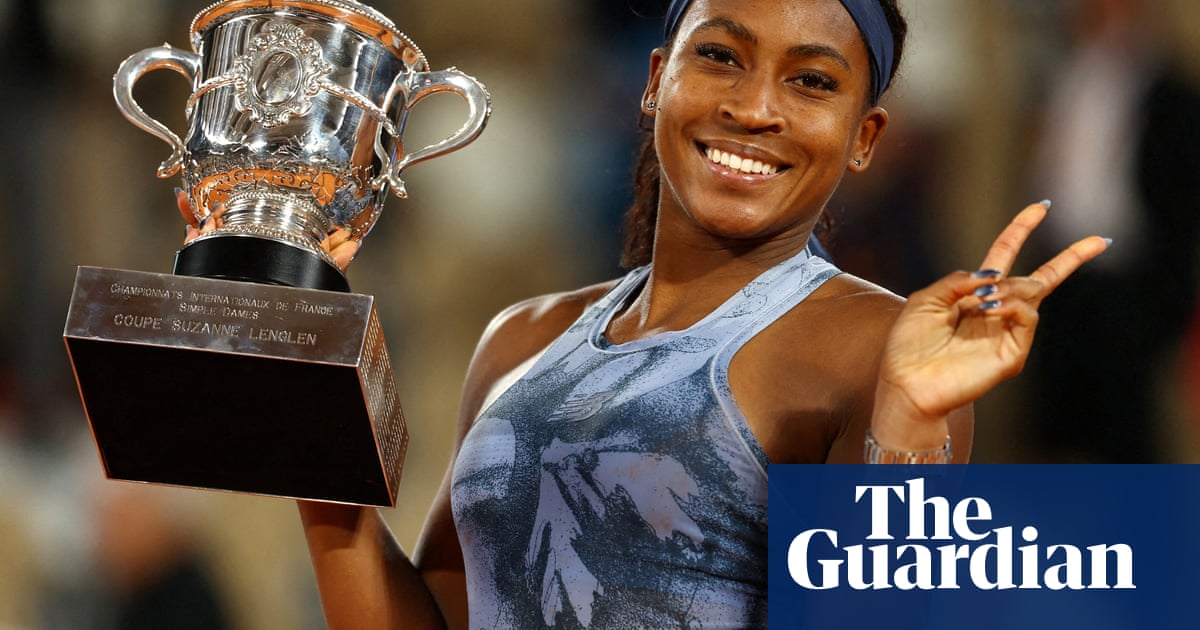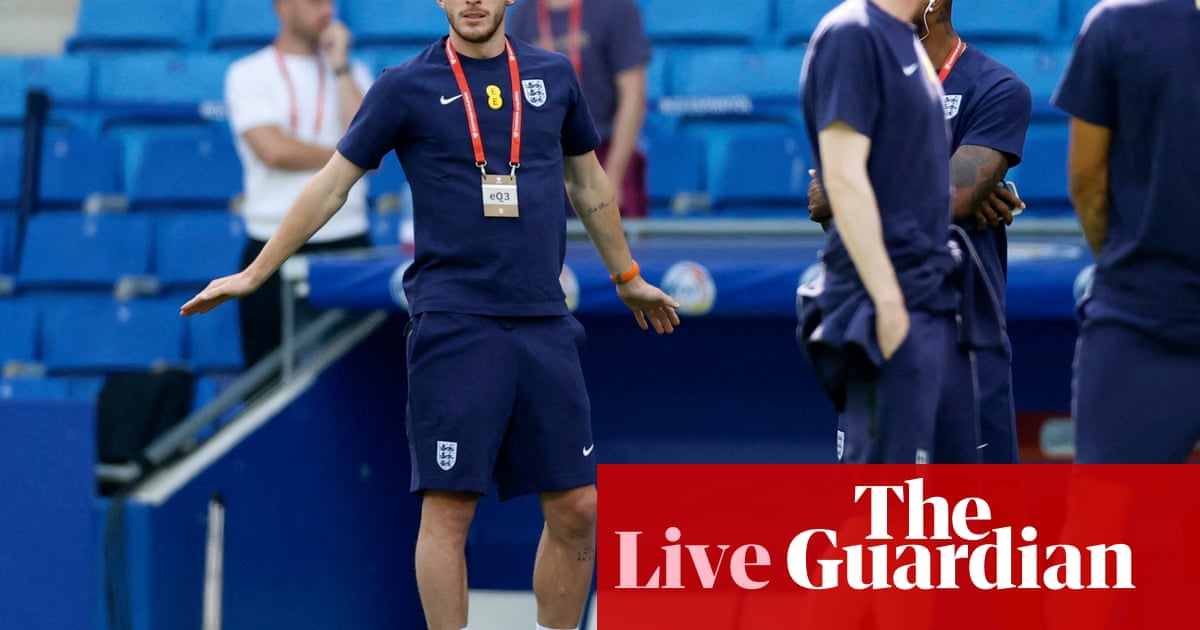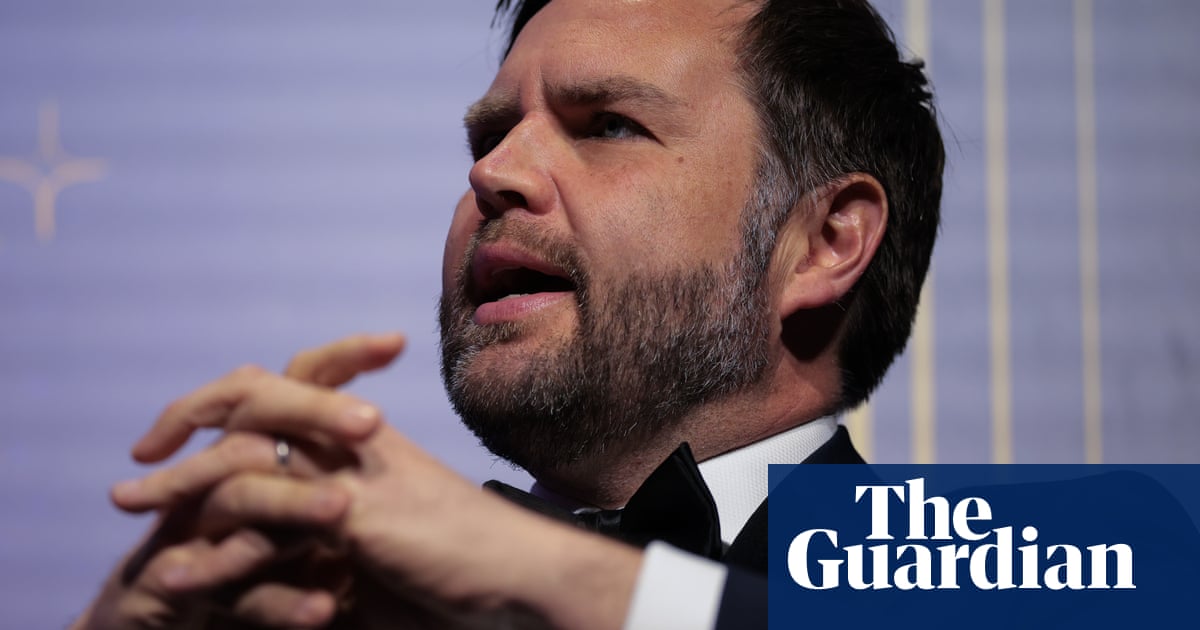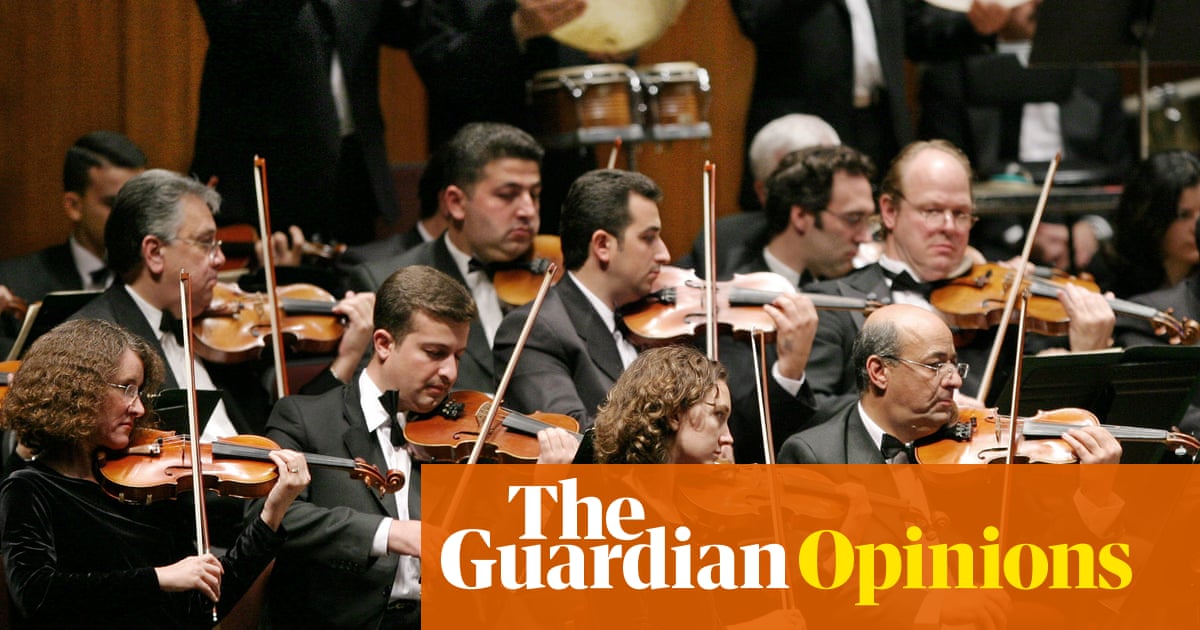The Indian prime minister, Narendra Modi, is heading to Washington for high-stakes talks in an attempt to avoid a trade war with Donald Trump.
India is considering tariff cuts in at least a dozen sectors in the hope of dodging US tariffs that would pile more pressure on its already slowing economy.
Wednesday’s meeting will test the much-hyped “bromance” between Trump and Modi, in which they exchanged bear hugs and effusive compliments during the president’s first term. Trump has called Modi “the nicest human being”, while the Indian prime minister has referred to the president as his “dear friend.” Both are populists who rose to power on waves of anti-establishment ardour and nationalism.
The Indian foreign secretary, Vikram Misri, told reporters that the fact the prime minister had been invited to visit the US “within barely three weeks of the new administration taking office, shows the importance of the India-US partnership”.
Trump has not held back his frustration over India’s high tariffs, labelling the country a “very big abuser” and accusing it of blocking US imports.
Modi’s two-day visit comes shortly after Trump announced a 25% tariff on global steel and aluminium imports into the US. Calling the tariffs “the first of many”, the president indicated there could be levies on cars, chemicals, pharmaceuticals and other goods. He is planning a system of “reciprocal tariffs”, saying: “If they charge us, we charge them.”
The metal tariffs have rattled India’s steel and aluminium industries, which export good worth billions of dollars to the US each year. The Indian Steel Association said on Tuesday the steel tariff was “expected to slash exports to the US by 85%”.
In an effort to pre-empt punitive trade action, in its budget last week the Indian government cut duties on a range of goods, including high-end motorcycles such as Harley-Davidsons. It is also considering tariff cuts on other products, including electronics, medical and surgical equipment, chemicals, dish antennae and wood pulp, many of which originate in the US.
Bilateral trade has been growing steadily, surpassing $118bn (£95bn) in the last financial year, with India running a $32bn trade surplus. Trump says he wants a relationship that is more “fair” while India says it is open to discussing a limited trade deal to address US concerns about market access.
Trump has urged Modi to buy more US defence and energy products, with India presenting a lucrative market as the world’s largest arms importer. Nuclear energy, including small and modular reactors, is also on the agenda, as India seeks to expand its clean energy sources to meet decarbonisation targets. Reports suggest India is already in talks to buy combat vehicles and finalise a fighter jet engine deal.
Another significant issue is Trump’s crackdown on illegal migration. The president says Modi has assured him India “will do what’s right” on the matter.
The US last week deported 104 Indian migrants and plans to return many more. Images of deportees in shackles during a 42-hour military flight prompted public anger in India, with a senior Indian government official responding that “this kind of treatment can perhaps be avoided”. Discussions are expected to focus on managing the return of hundreds of other Indian nationals to be deported.
Modi will also push for expanding H-1B visas, which are vital for the Indian IT workforce in the US. Importantly for Modi, Trump has expressed support for the H-1B visa programme, which brings skilled foreign workers to the tech sector. Elon Musk has backed the H-1B visa scheme, saying it drives innovation but, highlighting the ideological divide among key figures in Trump’s orbit, Steve Bannon and other Maga voices argue that H-1B visas siphon jobs and undermine American workers.
Modi has framed his visit as an opportunity to build on the successes of the US-India partnership, in particular in technology, defence, energy, and supply chains. But his immediate mission is to keep trade relations from spiralling into a damaging tit-for-tat tariff battle.

 3 months ago
53
3 months ago
53
